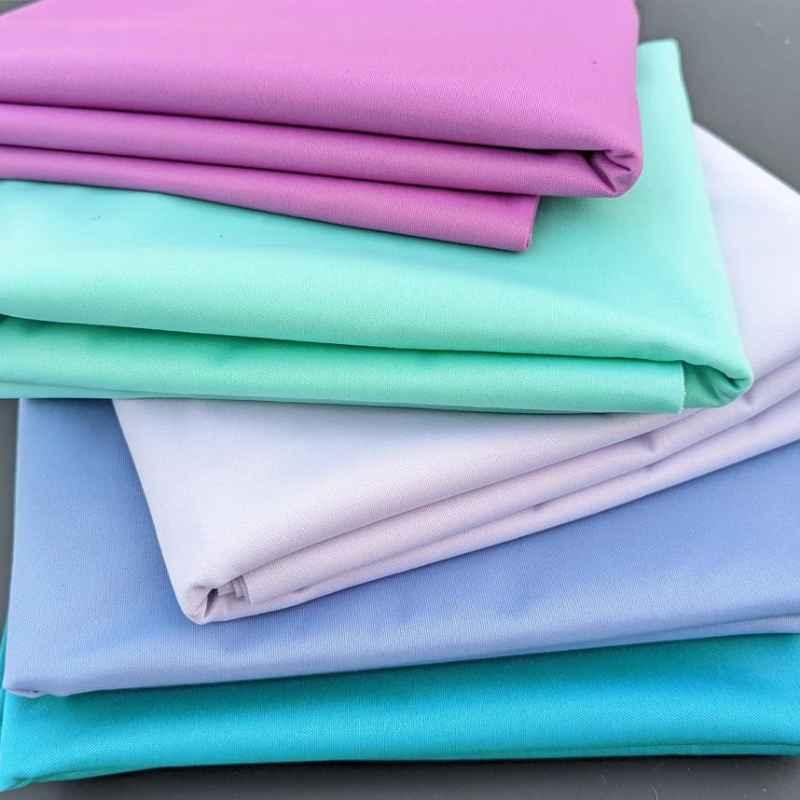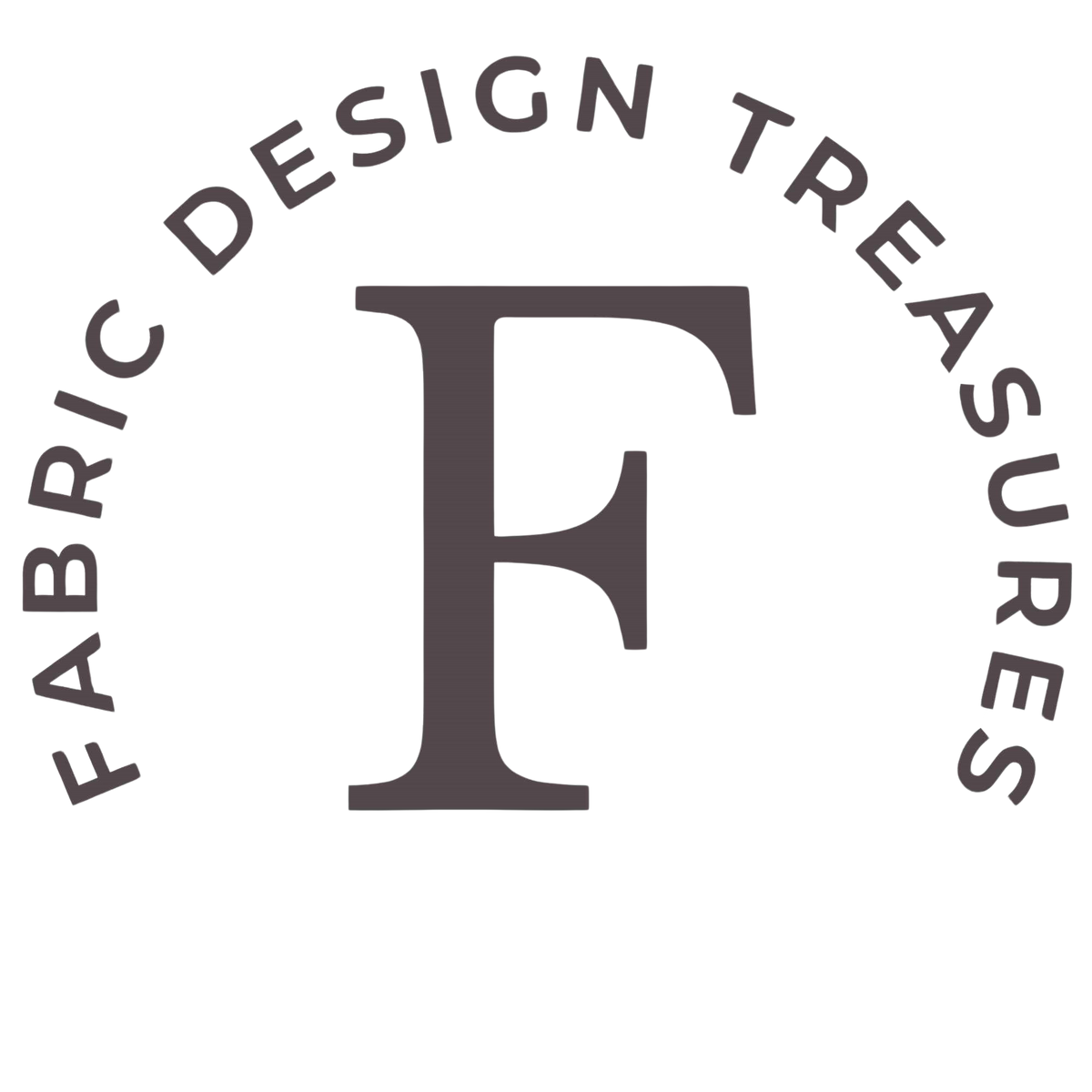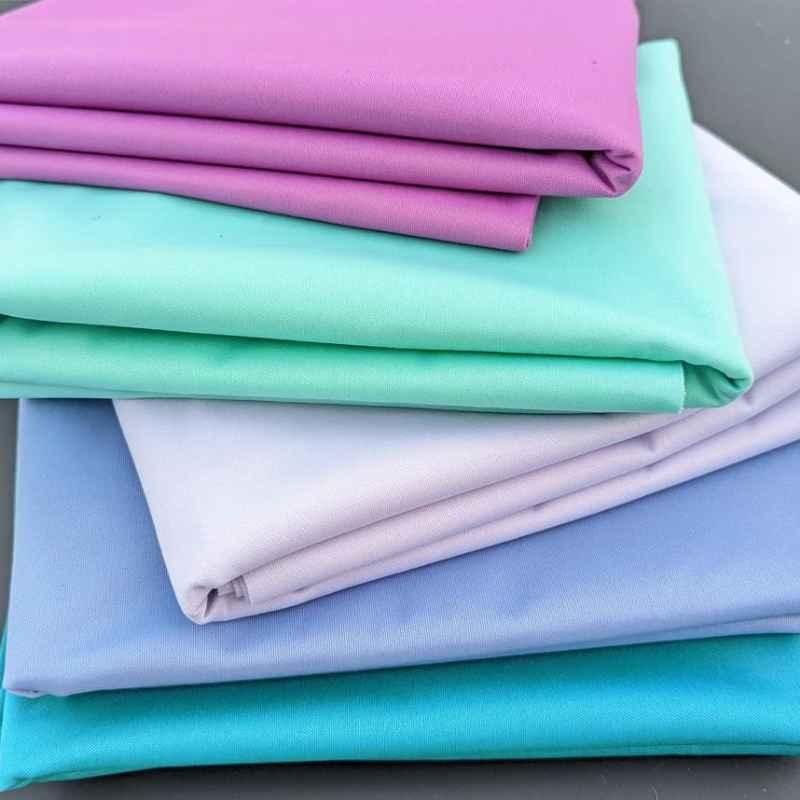
PUL is the short form of polyurethane laminate. It is also called thermal stretch or fuzzy rubber due to the fabric’s soft and stretchable features. The material is often created from polyester but will sometimes have cotton or a polyblend. It has a special film on one side of the fabric. This is the polyurethane film. The PUL fabric gets part of its name from the way it is made. Adhesive heat lamination is used to apply the film to one side of the fabric.
PUL fabric is waterproof and breathable, which makes it a great choice for a variety of different uses. Another benefit of PUL fabric is the simplicity of care. It can be rinsed in cold water and left to air dry, making cleaning convenient and easy.
Along with being water-resistant, it is also windproof, which is an attractive feature for outerwear or sports materials. These features mean that PUL can also be a great material for sewing waterproof apparel.
PUL fabric is a safe, simple fabric that can be sterilized. That means it can also be versatile for alternative uses, including mattress protectors, medical equipment, diapers and menstrual pads.
Best projects for PUL fabric
Some of the best projects to use PUL fabric include:
Diapers
The material is fully waterproof, which makes it a natural choice for cloth diaper covers. Using cloth diapers can reduce the impact of environmental damage and strain caused by disposable diapers.
Outerwear
Its water resistance and windproof features make PUL fabric an ideal choice for outerwear. From jackets to hats to protective pants and even costumes, PUL fabric offers a versatile and durable material that you can use to create your own unique look.
Mattress and pillow protectors
Sleep is an important part of a healthy lifestyle. Yet, it can be disturbed by a variety of environmental elements. Using PUL fabric to create mattress or pillow protectors offers a durable and breathable material to protect your bed. It can be used on children’s beds as they go through the stages of potty training. And PUL fabric can also keep allergies and dust off your mattress and pillow, which can help you get a better night’s sleep.
Baby gear
PUL fabric is easily washable, which means you can use it for a variety of baby-related projects. Because it is water-resistant, PUL fabric will hold up to any mess that little tikes can create. Consider PUL fabric for design projects such as:
- Diaper bags
- Plat mats
- Bibs
- Changing table cover
- Mattress cover
- High chair upholstery or cover
With a range of PUL fabric looks, you can create a unique project that provides a waterproof cover.
Lunch bags or backpacks
Reusable lunch bags and even backpacks are another way to make the most of PUL fabric. It is safe to use PUL fabric with food, and the ease of care means you won’t have a lot of hassle with meal messes anymore. Moreover, PUL fabric bags are easier to carry and store, and they are better for the environment than plastic.
Care instructions for PUL fabric
Wash temperatures can be hot, between 145 and 165 degrees F (65 to 75 degree C). Use the gentle cycle.
It is recommended to use a zero residue detergent - liquid detergent preferably. The detergent must not contain any fabric softeners, natural oils, perfumes, dyes, UV brighteners, stain guard ingredients, or enzymes. DO NOT use fabric softener of dryer sheets.
DO NOT add washing soda, soda ash or soda crystals to the detergent. The use of vinegar and/or baking soda can together or individually cause delamination.
DO NOT use bleach. If required non-chlorine oxygenated bleach can be used sparingly, providing the detergent does not already contain sodium per carbonate (the active ingredient in many oxygenated bleaches).
It is highly recommended to add an extra rinse cycle since even minute traces of detergent or other washing chemicals are highly detrimental to the film and reduce the life of the laminate.
It is recommended to air dry. A low a low heat setting can be used with the dryer.
This fabric is not dishwasher or microwave safe and cannot support any high heat. Exposure to sunlight affects the urethane film. The film will turn yellow and crack over time. When the UV index is high this can happen in as little as 10 hours.
Fabric Design Treasures’ PUL fabrics
Our PUL fabrics offer you a strong material that is both water-resistant and windproof. The durability and ease of care for the PUL fabric make it an ideal fit for a variety of crafting and creation projects.
We have a selection of 36 solid colors and printed PUL fabrics in stock. We provide customize digital printing services for your designs.
Our online fabric shop is based in Montreal, but we happily provide unique and quality fabrics to customers all over North America. We supply PUL fabric in one yard, one meter, and in bulk (10 yards, 10 meters, etc.)
Visit our store and pick out a PUL fabric for your next project.
Customized Digitally printed PUL
Please contact us to have your designs printed digitally on PUL. Create your own customized digital PUL print to produce original projects.








I purchased a reusable Underpad for my father-in-law’s mattress. There were excellent reviews, except for a few people that claimed their pad didn’t remain waterproof. So I looked up the type of fabric the waterproof layer was made of, and found this article. What a wealth of information! I’m impressed by the multi uses of this fabric. If I understand correctly, the breathability of this fabric will likely help it to feel cooler to sleep on than under pads with a plastic liner. And this will be quieter also as it doesn’t crinkle, as plastic would.
So I am thankful for this article. I sid share the Laundry Instructions in this article, along with a link to the article. I wanted to give credit to the writer and publisher, so leaving a link seemed appropriate.
Anyway, great article and thank you for all of the information. I’m a novice sewer and I don’t believe I’ll use this for projects because my skill level isn’t high enough. But just to know about the material and how to care for it and other info, helps me make purchase decisions and make use of fabric I already have. Thanks a bunch!